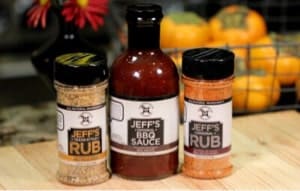today I did a simple recipe for some hot dog buns and when all said and done the directions said to "bake for 20 minutes or until internal temp of the bread reaches 190°F( A dough thermometer takes the guess work out of this)"
Well I figured that my et73 would work good enough so after 12 minutes I stuck it in the bread and it was at the 190° temp that was recommended, which by the looks of the dough it was too soon. and then it quickly shot up and went to 211° and stayed there till I pulled them after 18 minutes, when they looked good on the outside.
After thinking about it I'm guessing that the et73 was reading the steam in the baking bread. Which leads me to my question........Is there something special about a dough thermometer? and also, going by internal temp is a first for me, but is this normal. I've never done much baking.
Thanks for any input, Dan
/ message sig
Well I figured that my et73 would work good enough so after 12 minutes I stuck it in the bread and it was at the 190° temp that was recommended, which by the looks of the dough it was too soon. and then it quickly shot up and went to 211° and stayed there till I pulled them after 18 minutes, when they looked good on the outside.
After thinking about it I'm guessing that the et73 was reading the steam in the baking bread. Which leads me to my question........Is there something special about a dough thermometer? and also, going by internal temp is a first for me, but is this normal. I've never done much baking.
Thanks for any input, Dan
/ message sig






